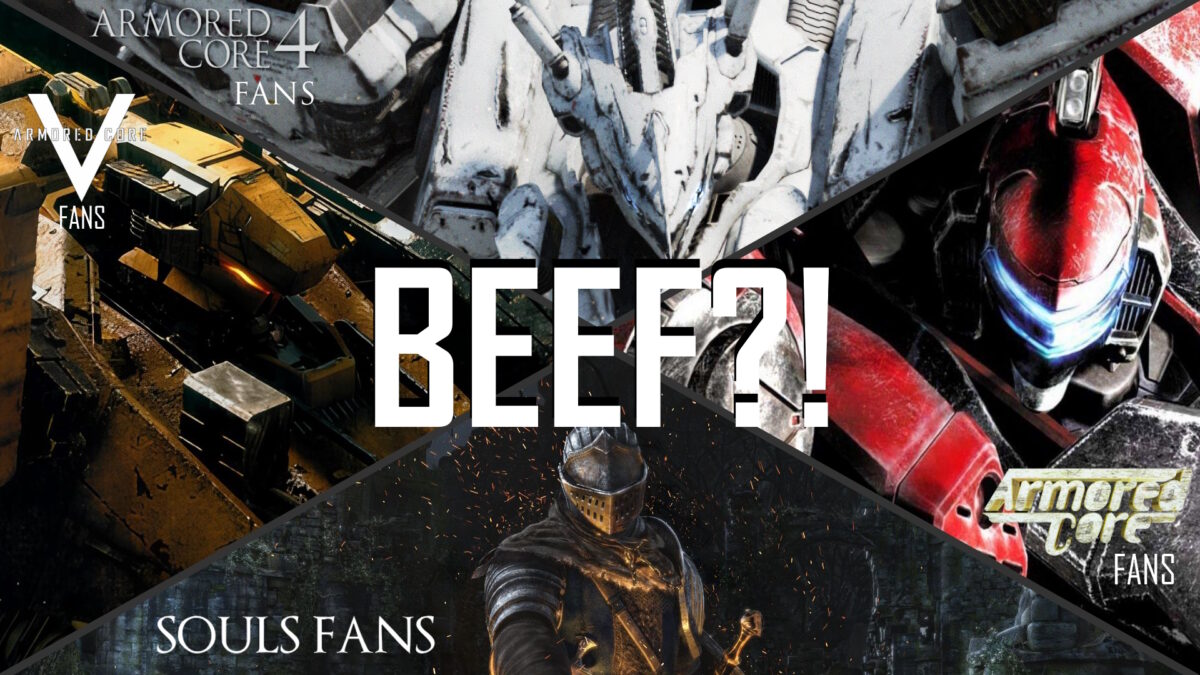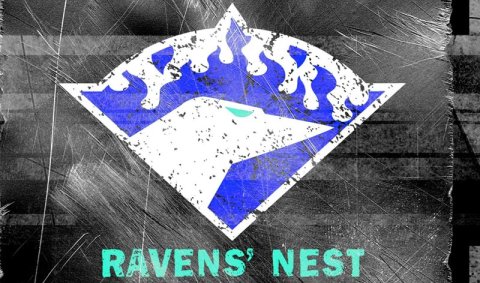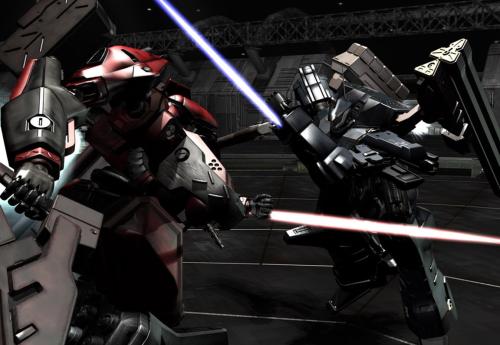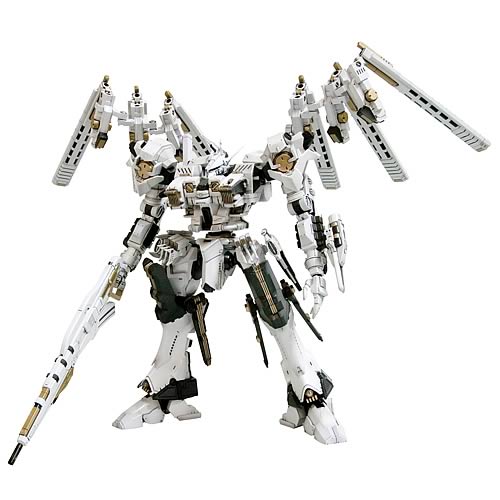The Beginning
Armored Core has always been something of a niche in the already niche mecha genre. The original Armored Core was one of the first opportunities for mecha fans to feel like they were piloting and customizing their very own giant robot. But despite this unique formula, the game’s unintuitive tank controls, complex AC assembly, and in-game debt may have kept the series from gaining mainstream popularity, especially outside of Japan.
The players who could overlook the quirks of the Armored Core games discovered its high skill ceiling and deep customization options. And the most dedicated of these players grew tired of testing their skills and new AC designs against the AI arena. Perhaps their biggest challenge was in finding actual people to play with, let alone ones as dedicated to the game. And with the young internet, when connectivity was slow, unreliable, and not yet a standard feature on game consoles, such players resorted to mailing lists and message boards to seek competition or exchange information about the game. Some fansites even had pilot directories for those hoping to connect with others in person.
For the English-speaking AC community, enthusiasm for the series probably peaked between Another Age and Silent Line. Several community forums coexisted, where discourse was abundant, though scattered. And through these forums and message boards, various tournaments were organized by the community itself, as opposed to Japan where there were officially supported events. Match videos and other media were available, though hard to come by (and even harder to download). But aside from the geographic boundaries and technologic limitations of the time, the community was the healthiest it had ever been.
The Nexus Era
Armored Core: Nexus eventually released and brought about some scorching changes to the game and the community. Despite the welcome addition of dual-analog controls, the game’s new mechanics frustrated a lot of the long-time fans while making things even more complicated for newcomers. Nine Breaker was more of the same, and Last Raven didn’t look any different to those who already felt burned. But for some of those who stuck around, Last Raven did rekindle some of the competitive spirit from the days of Another Age and Silent Line, although this was a short-lived renaissance.
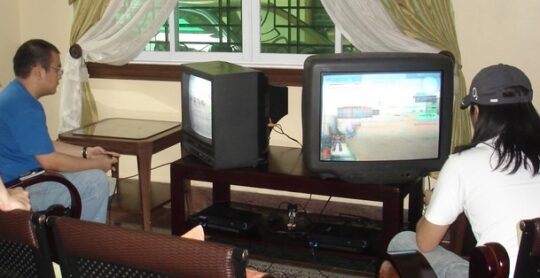
The Fourth Generation
With the release of newer generation consoles came the most radical AC iteration yet: Armored Core 4. The gameplay overhaul meant to make it more appealing to a wider audience, and the built-in online multiplayer and multi-console release made it more accessible than ever before. But as new fans came in, many older fans felt pushed out and further alienated by the changes.
Though Armored Core 4 and the subsequent For Answer finally featured a convenient way to play against others, the internet infrastructure outside of Japan at the time may not have been developed enough to have facilitated a truly competitive environment like the in-person tournaments of old. Ironically, online discussion about the new games was relatively sparse, and shortly after AC finally went online was when its fansites and message boards started dying out. The remaining communities only continued to exist because their members used to meet up and had become real-life friends.
The Fifth Generation
Following For Answer, FromSoftware pivoted back to their medieval fantasy King’s Field roots by focusing their energies on Demon’s Souls and eventually Dark Souls, which raised them to near-mainstream recognition. This shift, perhaps, was forced by the relatively poor reception of the previous Armored Core games up to this point. Then, after four years without a new Armored Core game came Armored Core V.
Once again, Armored Core V, and later Verdict Day, introduced drastic changes. In particular, the game shifted to a more team-oriented format that seemed to borrow more from FromSoft’s own Chromehounds. Game activity was incentivized by having teams fight over territories just to be able to show off their custom emblems on the game’s world map. And because each team could only accommodate ten members, joining the top teams was highly sought after.
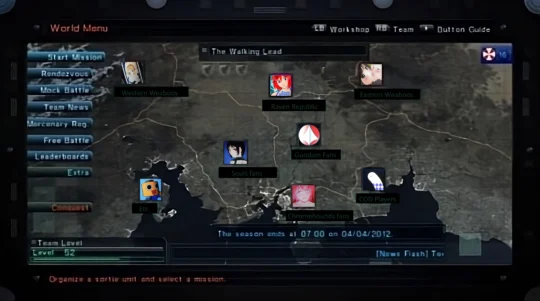
The Cost of Success
For better or worse, Armored Core V’s team dynamics introduced a new dimension of drama to the AC community that rekindled it for some time. But the bulk of this activity was from the newer generation of fans. As with the iterations before it, Armored Core V attracted new fans perhaps at the cost of many older ones who felt like the game was no longer the AC that they knew and loved.
After Verdict Day, FromSoft returned to producing games in the vein of the Souls series, resulting in more critical acclaim and commercial success than had ever been brought to them by the mecha genre. Their most recent title, Elden Ring, truly catapulted them into the mainstream. And while FromSoft had gained more fans than ever before, the subset that were AC fans first felt increasingly disillusioned.
Coexistence in the Sixth Generation
Clusters of newer AC fans, many brought in by FromSoft’s newfound popularity, gathered on social media platforms, such as Discord, Facebook, and Reddit, while some of the few remaining message boards and their grizzled members further dwindled. But the sudden announcement of Armored Core VI: Fires of Rubicon reignited interest for the series.
Coincidentally, around the time of the announcement, unofficial software had developed just enough that many of the previous Armored Core games could finally be played online. New and old fans alike could now readily interact and go back to play their preferred AC generation while anticipating Armored Core VI.
Hope for the Future
After a decade since the last Armored Core game, what may be the greatest change to the series so far is just around the corner. Armored Core VI looks to have mechanics calling back to all previous AC generations while having features that seem to have been adapted from FromSoftware’s more successful games. And while the older remnants of the AC community are cautiously optimistic, the hope is that Armored Core VI has enough common ground for everyone.
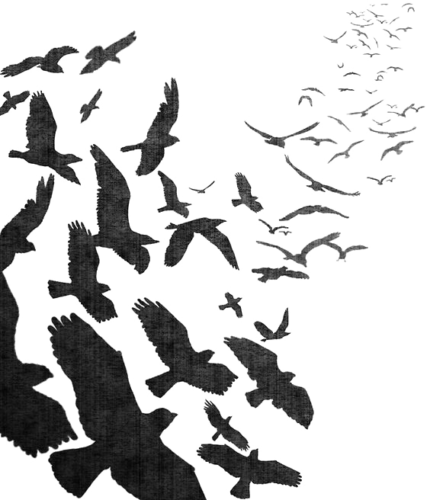
Editor’s note: This is somewhat of an update to the An Unkindness of Ravens editorial posted 14 years ago.
Update: Now on YouTube.

